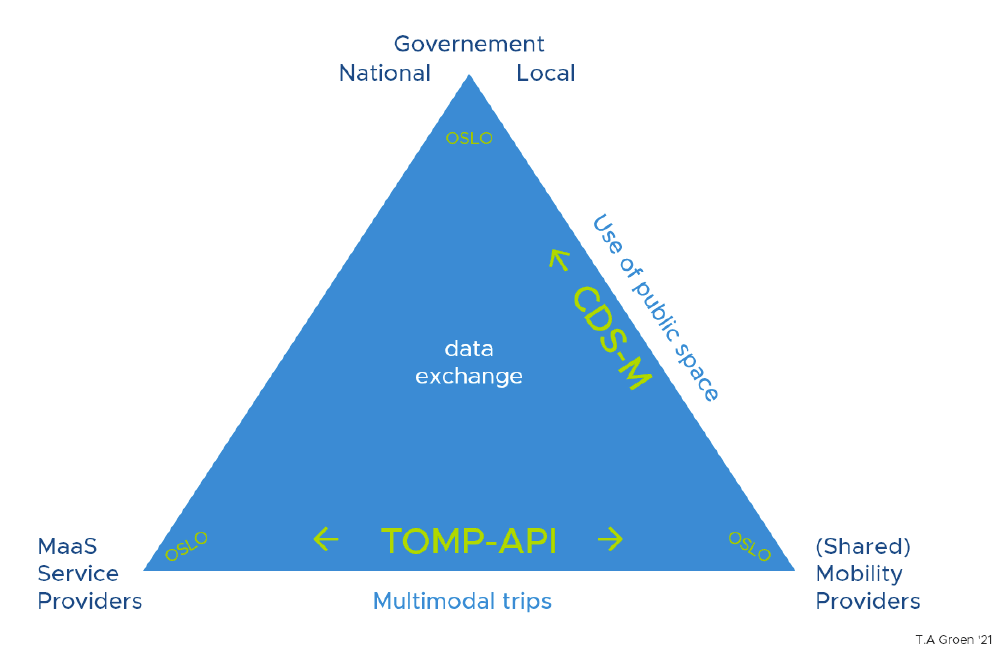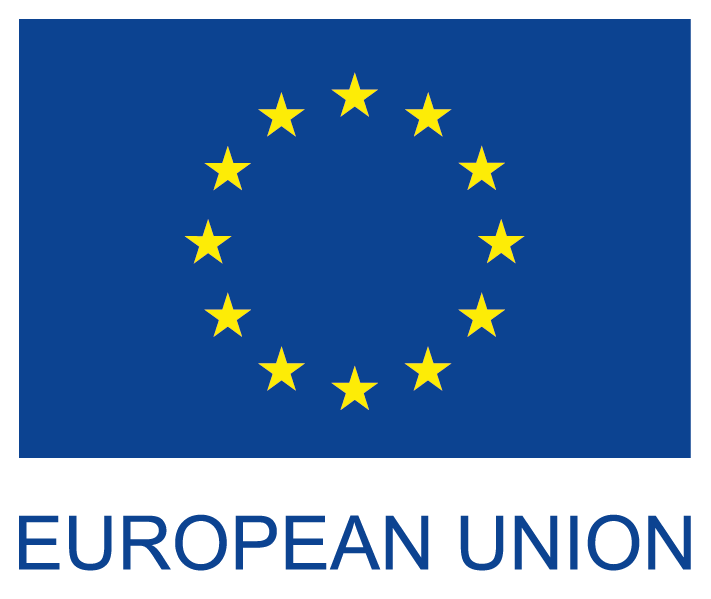Shared Mobility 101: Integrating Sharing Mobility with MaaS
Tjalle Groen, interoperability expert for shared mobility from the Belgian NGO Mpact, kicked off the webinar with an introduction to MaaS and the need for standardised data on the mobility market and presented the four levels of MaaS integration and different data standards, whether it’s the US standard MDS or the European CDS-M data standard which adheres to European Data Protection Standards.
Tjalle broke down the complex idea of the open source TOMP-API (Transport Operator and MaaS Provider – Application Programme Interface) into an easy to understand analogy: “The TOMP-API [is a way] to set a standard and define how different programmes communicate with each other. The standard is basically like a library book where you know that the book will look the same – same cover, same pages – whether that book is in a library in London or in Berlin.”
Tjalle is a member of the TOMP Working Group which has the vision of “Effortless mobility for everyone” and the mission “to develop and sustain an internationally governed interoperable open standard for technical communication between Transport Operators and MaaS Providers, by means of definition, improvement, alignment and dissemination.”
Tjalle’s presentation can be downloaded here: MaaS Data Standards and Why it is Necessary

Julie Vinders, Sustainable Mobility Project Officer from SEStran based in Edinburgh in the UK, followed up by presenting the concrete regional mobility hub strategy and some concrete applications of MaaS for improving accessibility to sustainable mobility in the region: The Transport Scotland MaaS Investment Fund has dedicated £2 Million for an competitive investment fund and SEStran has put in a bid for a MaaS and Demand Responsive Transport (DRT) solution for the region. Julie presented the plans for integrating the region’s mobility hubs – like the Brunton Hall Journey Hub – MaaS and Demand Responsive Transport. The proposed DRT Zone will aim at connecting more rural areas between the towns of Tranent and Humbie in Scotland and aims to improve accessibility in the area by allowing busses to respond to demand in the zone rather than driving low-demand fixed routes. The proposed project will begin in early 2022.
Take a look at Julie’s presentation here: Shared Mobility Integration with MaaS in SE Scotland
You can also view the recording of the full webinar here.

 Share North
Share North
